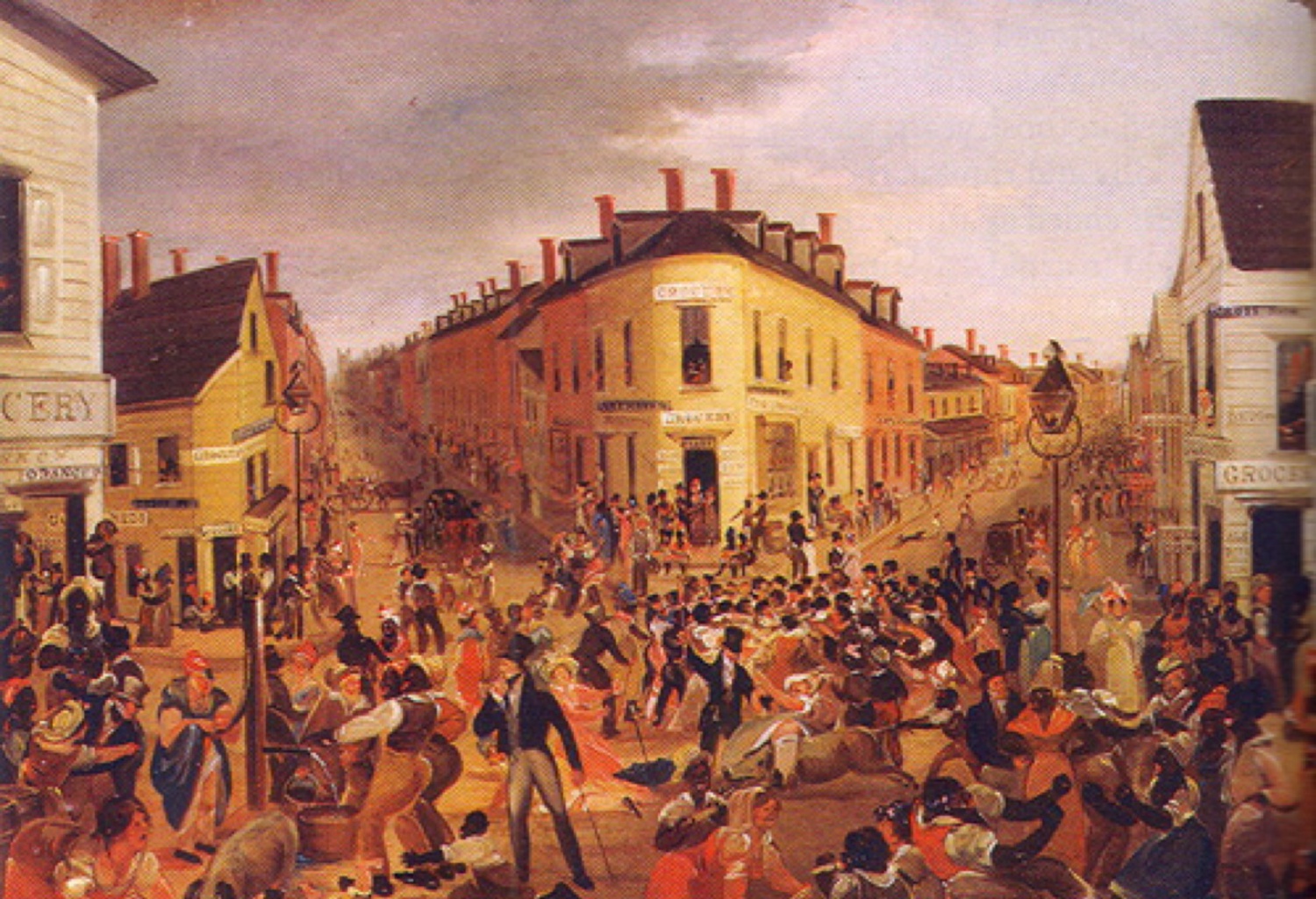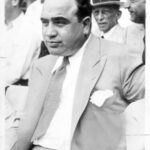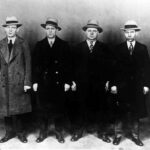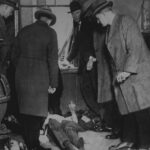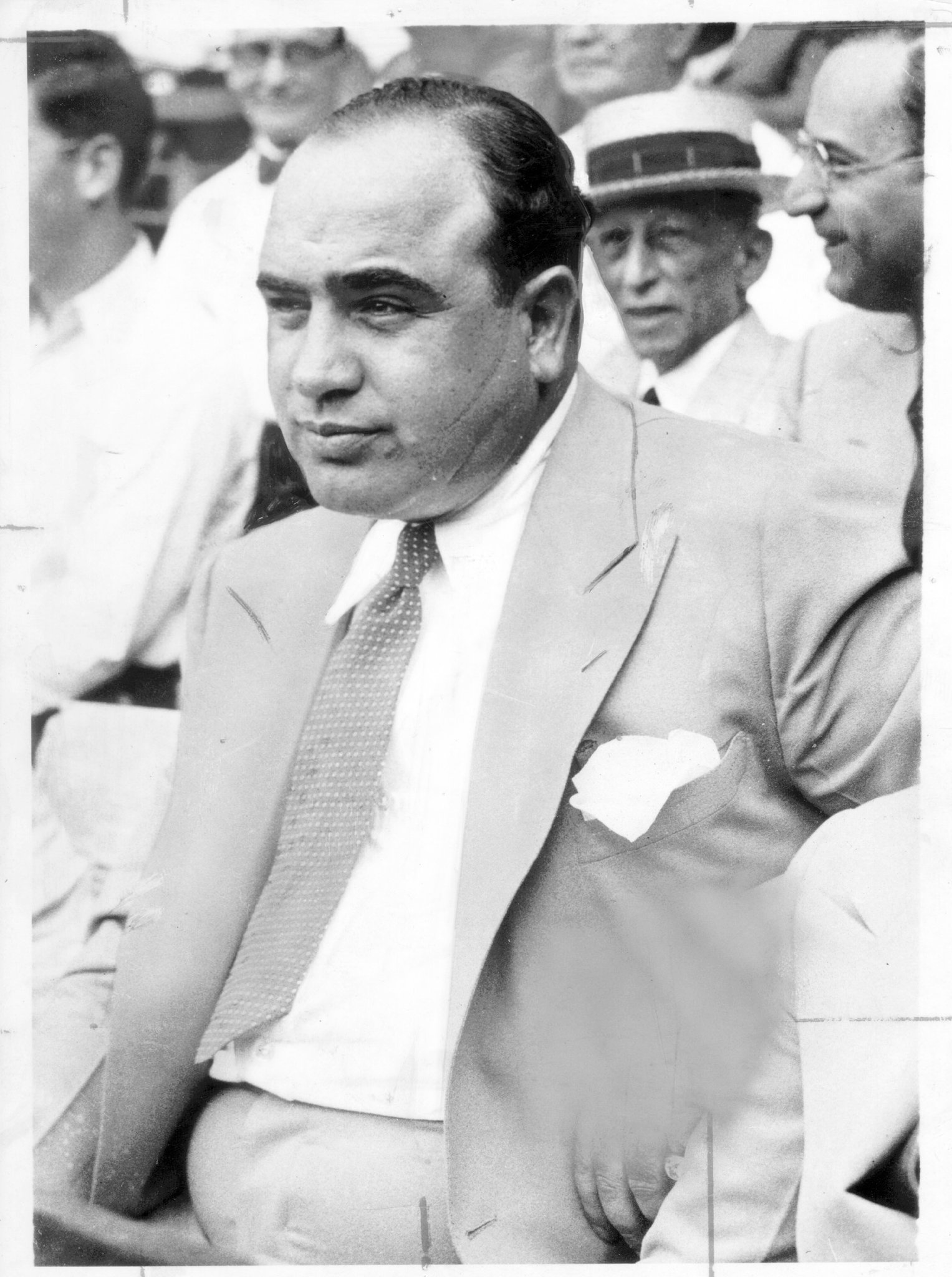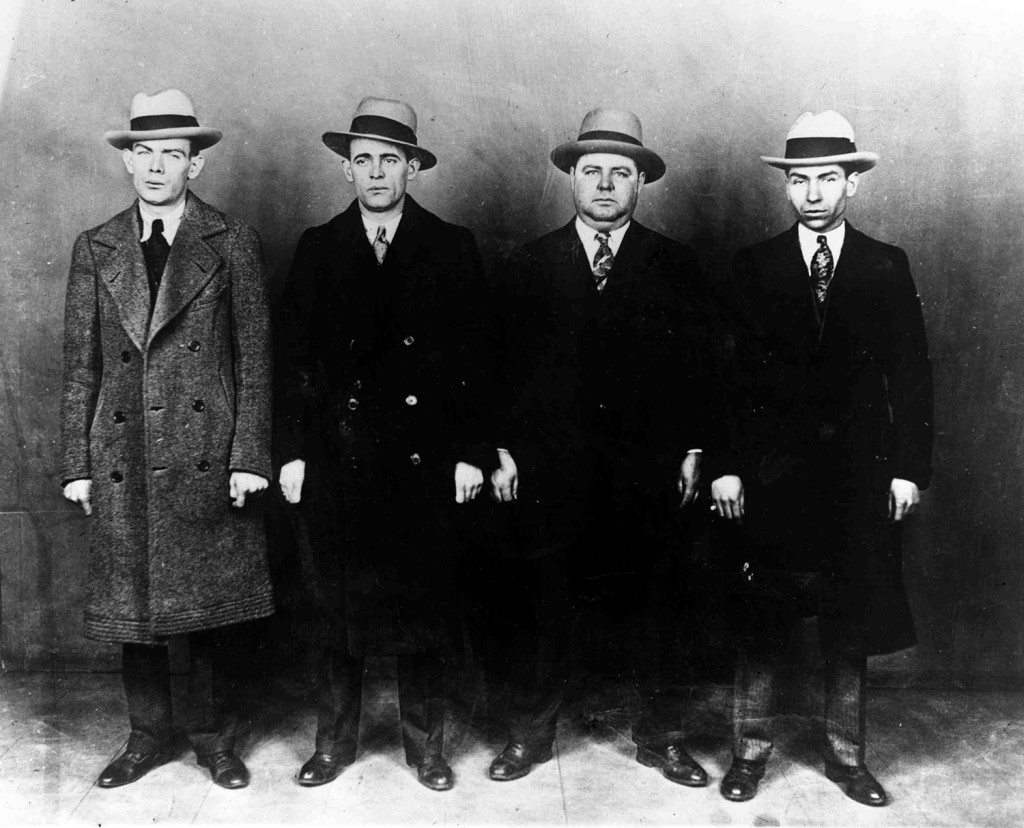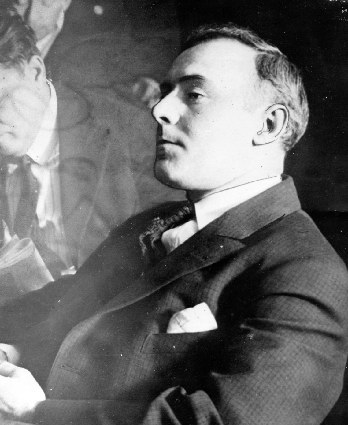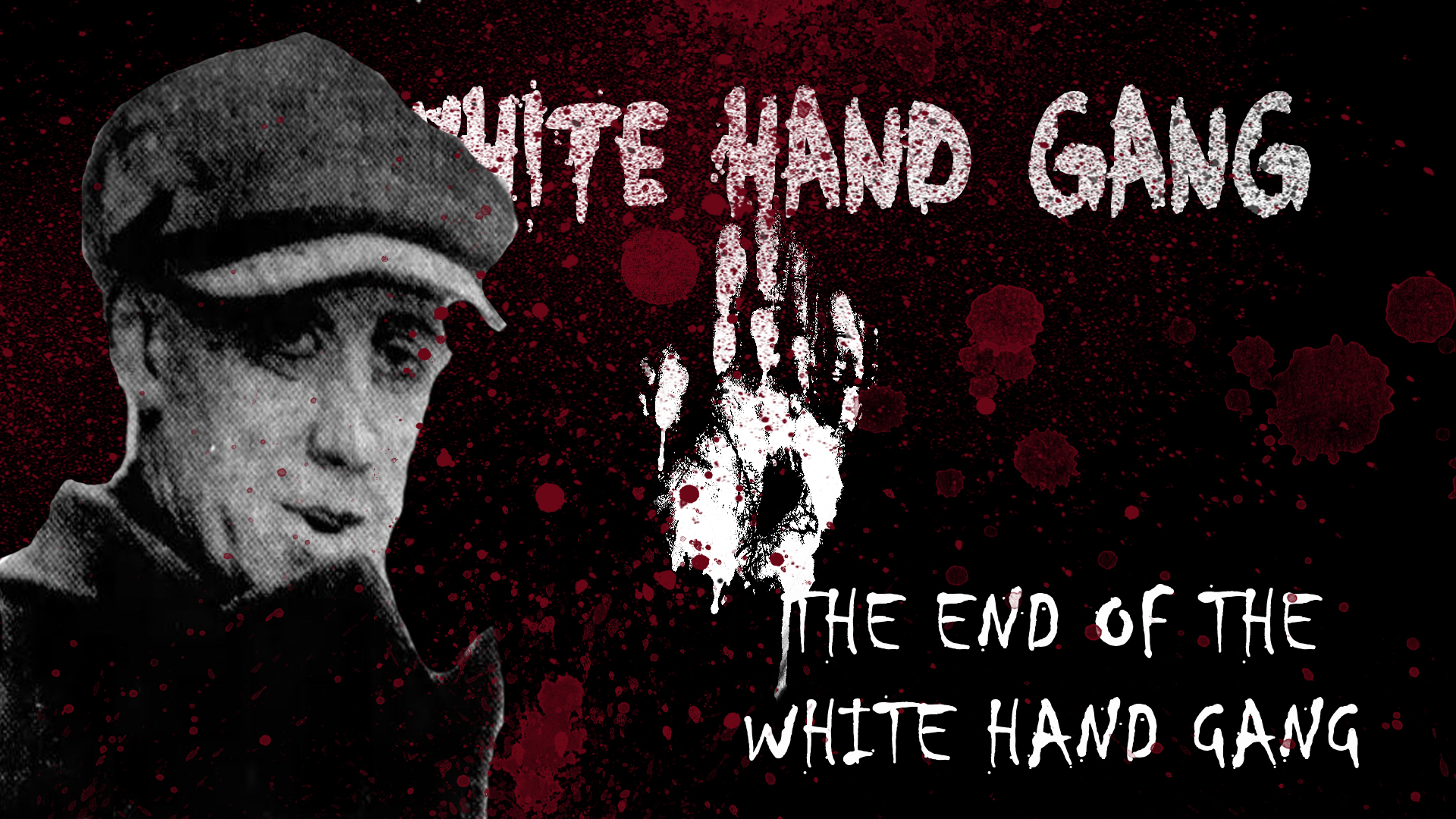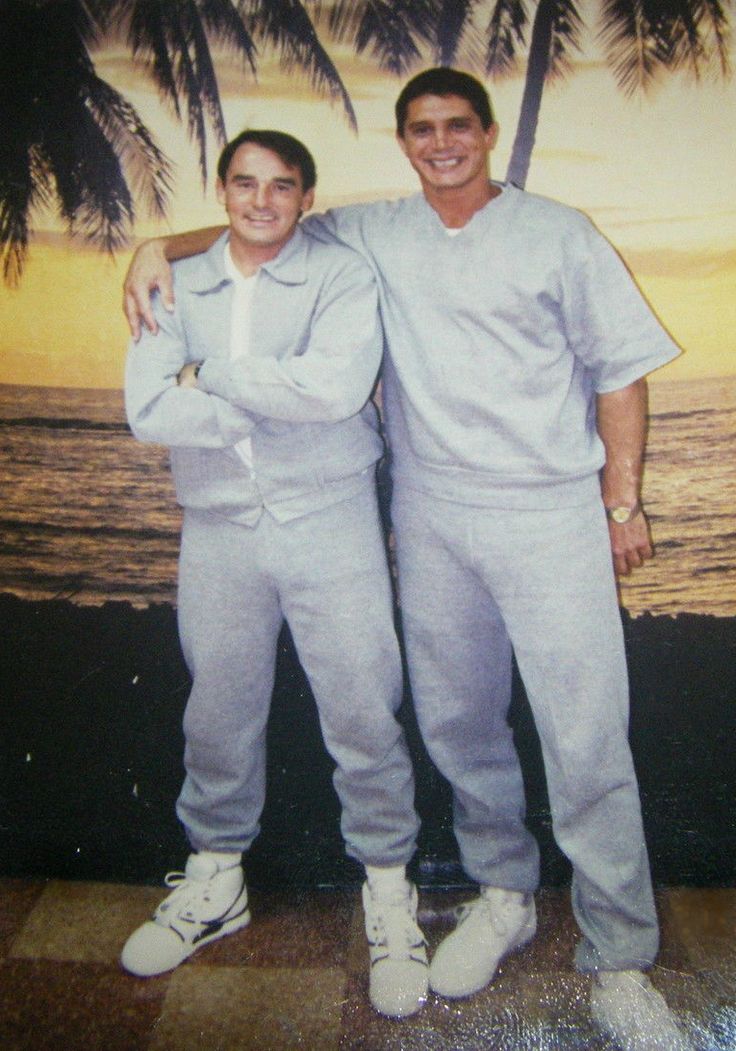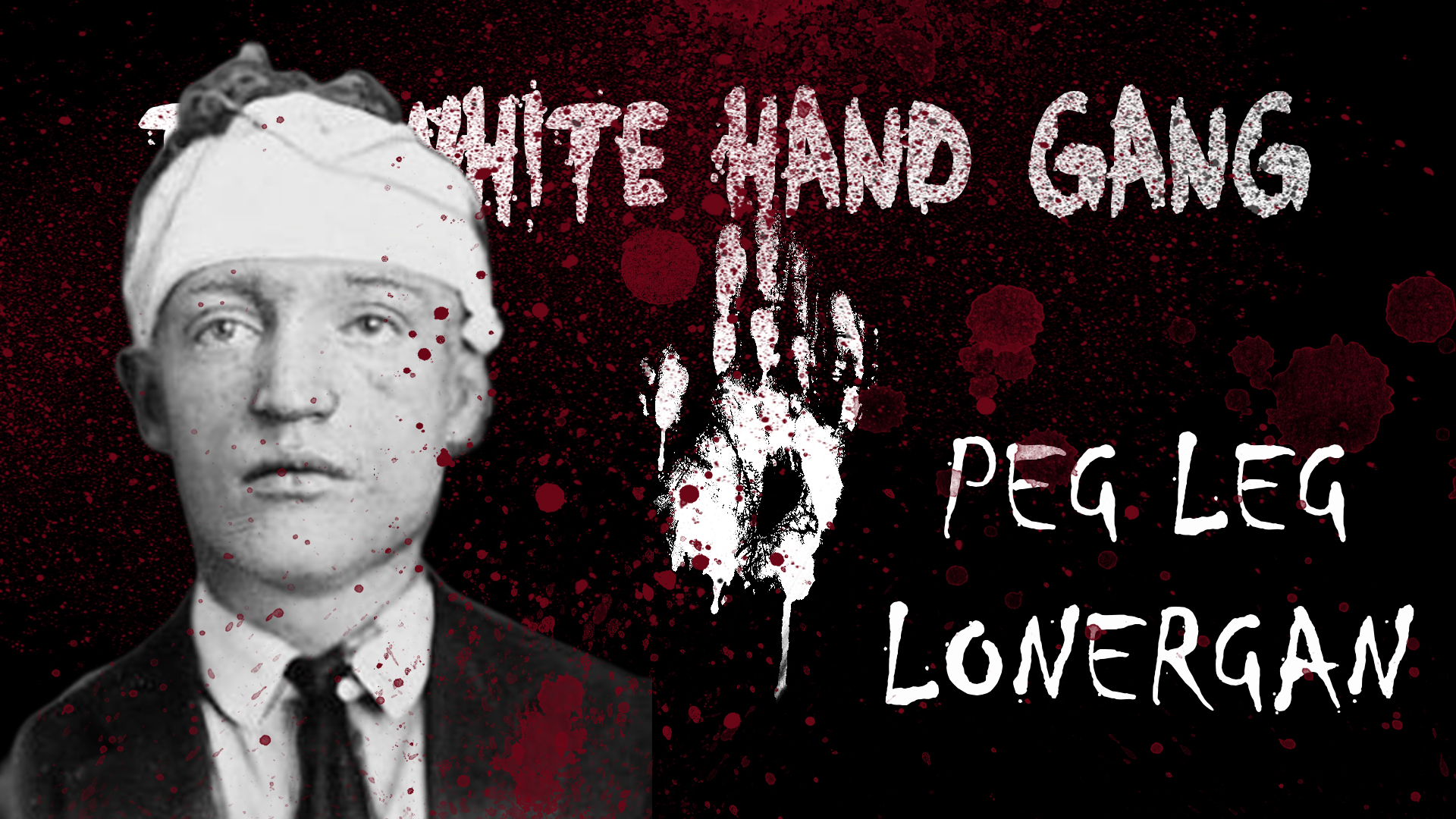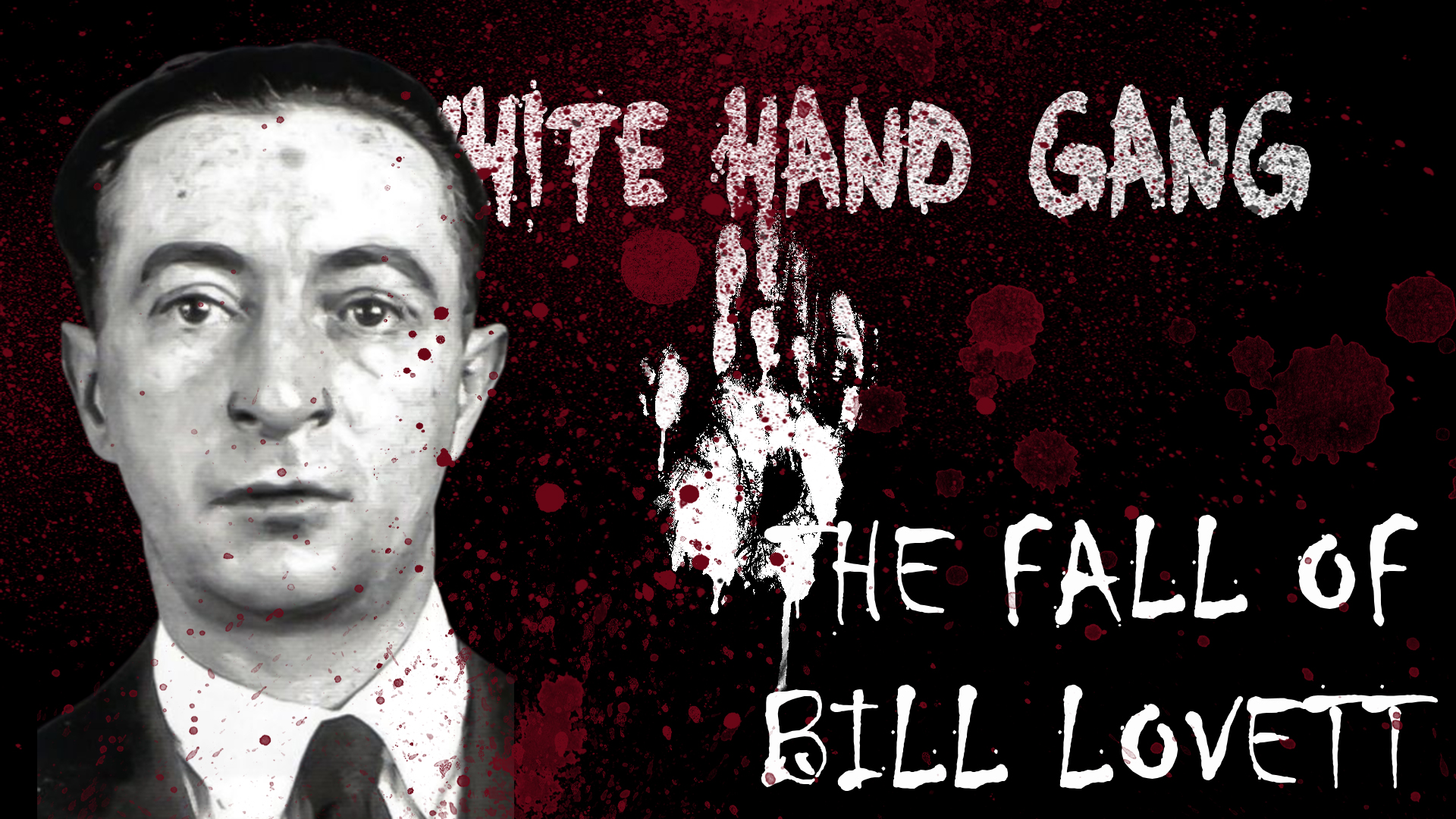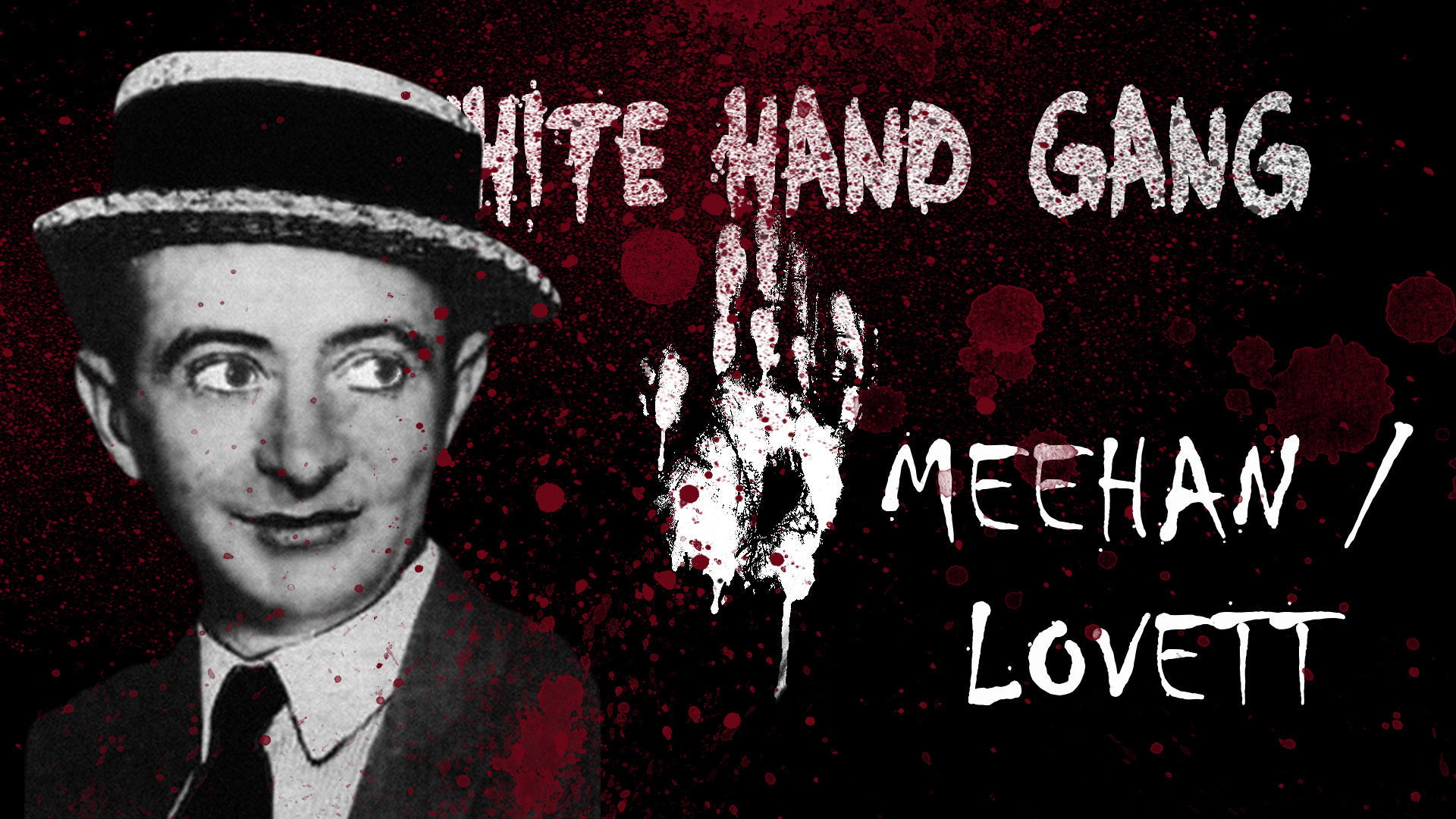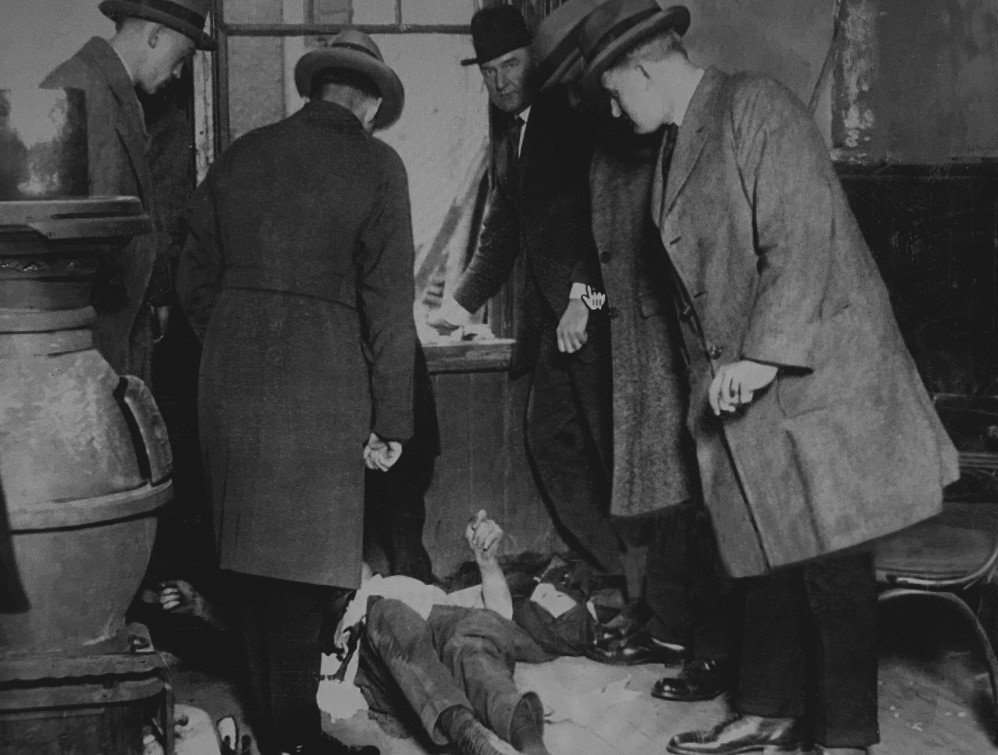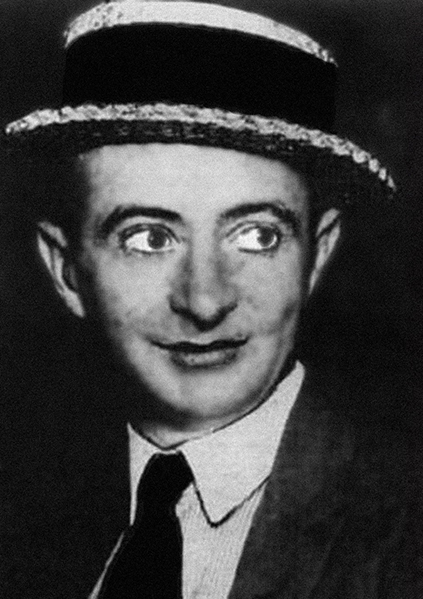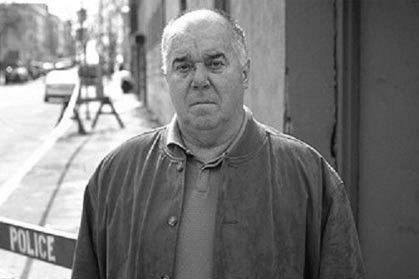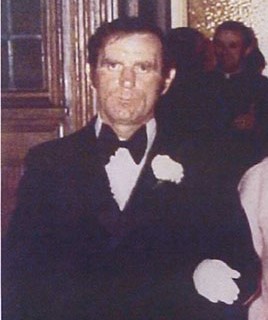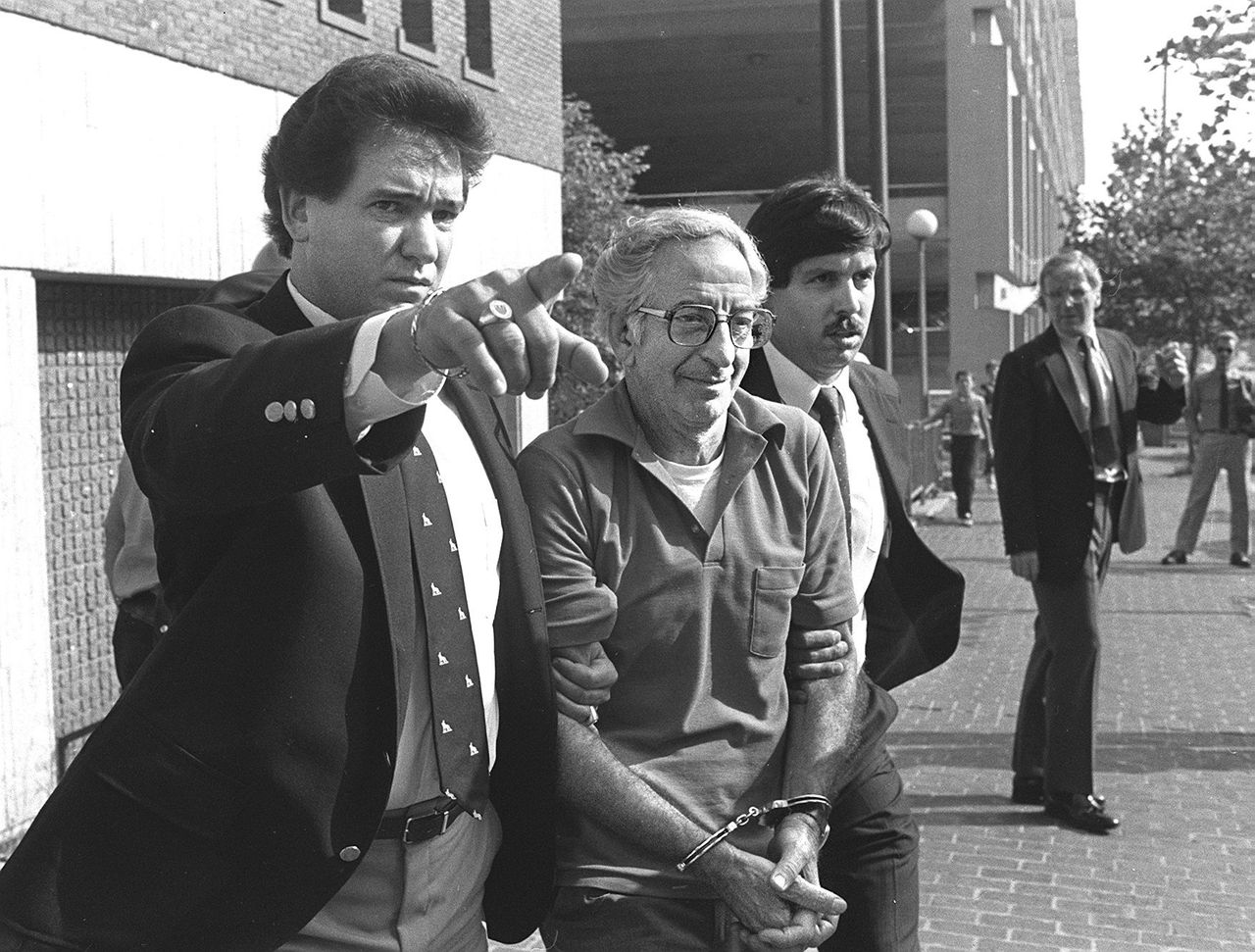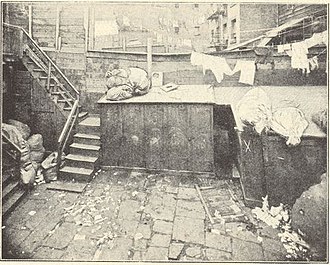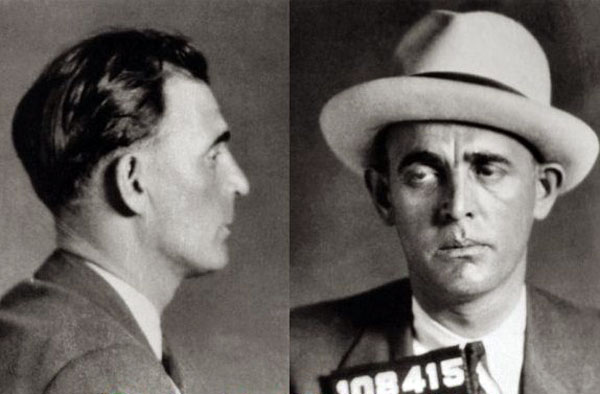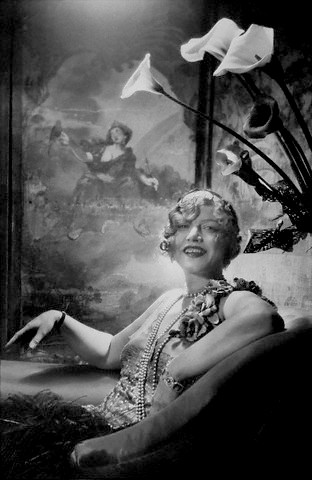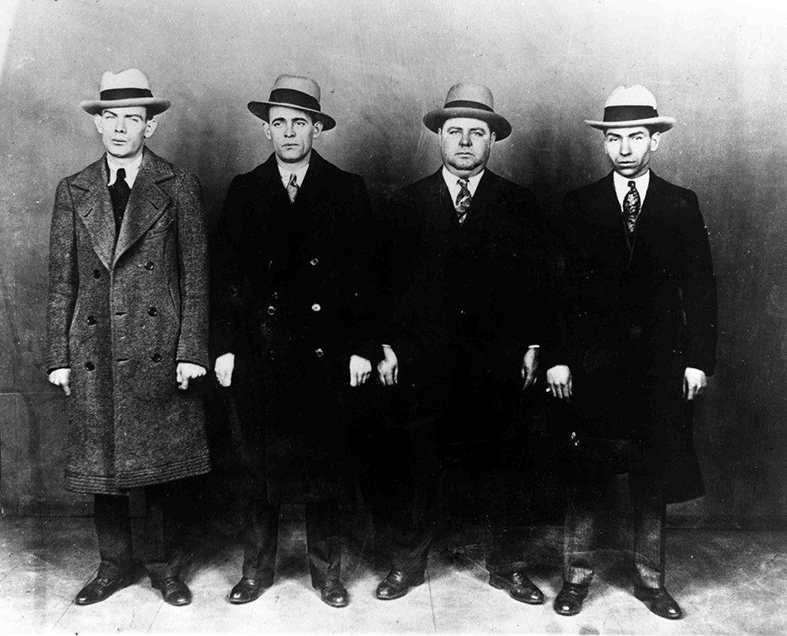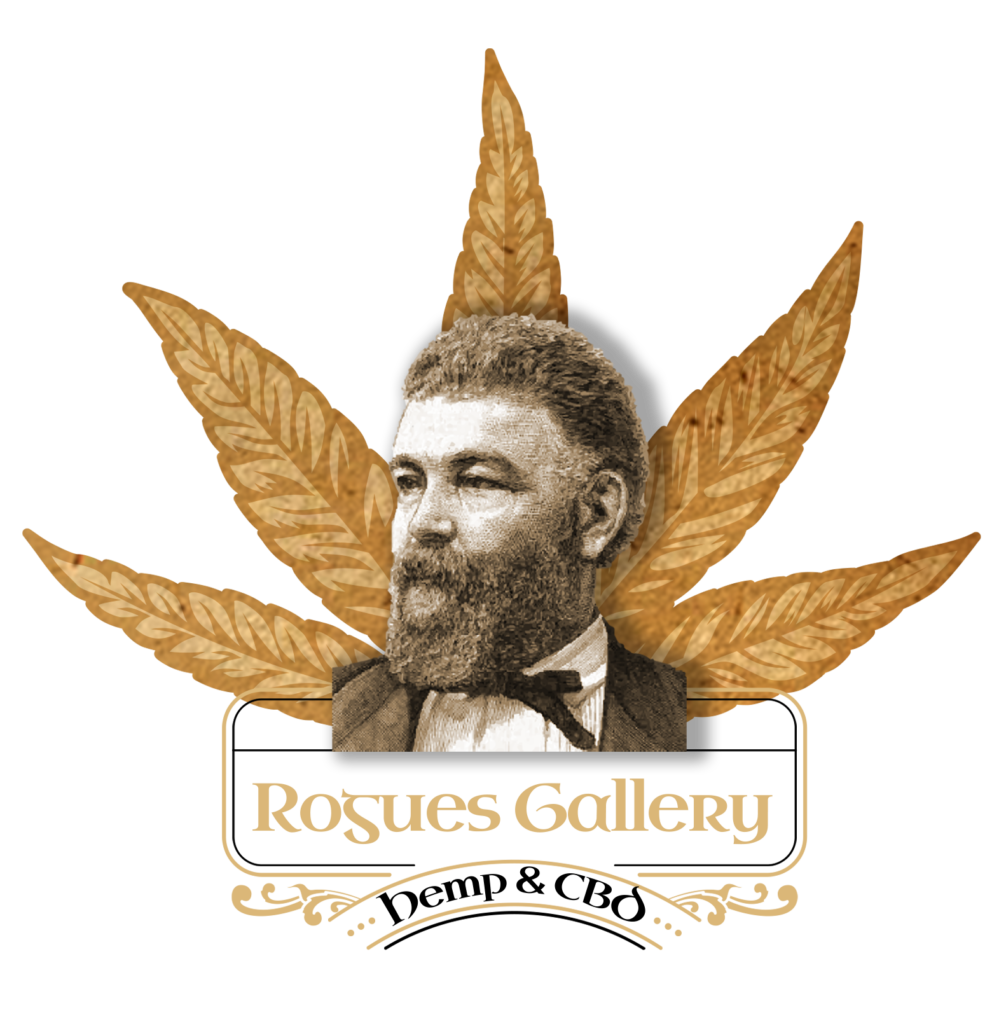The Five Points was a neighborhood in the 19th-century in Lower Manhattan, it stood on what is now Park, Worth & Baxter streets. The neighborhood was on the intersection bound by Center Street to the west, the Bowery to the east, Canal Street to the north, and Park Row to the south.
The Five Points neighborhood was one of the most notorious slums in the world and had gained international notoriety as a densely populated, disease-ridden, crime-infested slum that existed for well over 70 years. Charles Dickens once visited the area wanting to see the the Five Points for himself. His colorful description of the scene appeared in his book American Notes concluding, “all that is loathsome, drooping and decayed is here.”
Based in Manhattan’s Lower East Side, the Forty Thieves were formed by Edward Coleman in the 1825. Due to the poverty that was rampant the gang’s main purpose was to rebel against their social status but the members soon turned to crime to better their situation.
Edward Coleman, who by all accounts was a towering thug, was the founding gang leader of the Forty Thieves and was the first criminal to be executed at the newly constructed Tombs Prison in New York City. He was in control of a gang of pickpockets, muggers and stick up artists and issued with strict quotas. They also had a child gang, the Forty Little Thieves, who would be trained in the ways of pick pocketing, mugging etc, sometimes the little thieves would be brought along on jobs with the adults to act as lookouts or to fit inside windows and holes that an adult couldn’t fit into.
Their headquarters was based in a Center Street grocery store owned by Rosanna Peers, who herself was a notorious fence of stolen goods and also sold illegal alcohol or rotgut liquor, in a backroom speakeasy. Gang members would meet at Peer’s grocery store to be given assignments and expect to share out everything they get, those who came back with a light bag or suspected of holding back would be thrown out. This led to disputes between members and in the long term Coleman was unable to maintain internal discipline. Outcast members were usually disposed of or would join other gangs that were forming around the city
From the violence to the high crime rates, Five Points desperately lacked the aid of government support. The Forty Thieves saw this as an economic opportunity, as they established a relationship with Tammany Hall. This corrupt bureaucracy provided community services in exchange for money and support from its residents to fund their corrupt agendas.
Edward Coleman ruled over the Five Points for fifteen years before he would be convicted of murdering his wife and becoming the first prisoner to be hanged and the newly built Tombs Prison in 1838 in Lower Manhattan. Coleman had met Ann a popular Five Points woman, who worked as a Hot Corn Girl but murdered her in a dispute of money, he was convicted and hanged in January 1839.
By the 1850’s, after a 25 year reign the gang had dissolved with its members joining larger gangs or leaving to work on their own.
Sources:
https://books.google.ie/books
https://books.google.ie/books
https://www.history.com/news/7-infamous-gangs-of-new-york
http://njaohdiv1.org/irish-history/irish-gangs-of-new-york/
http://gangstory.tripod.com/id5.html
http://www.boweryboyshistory.com/

